If you're a backpacking enthusiast in search of a truly amazing wilderness experience, then look no further than Big Pine Lakes in California. Tucked away in the Eastern Sierra Nevada, this extraordinary region boasts breathtaking alpine scenery, turquoise blue lakes, majestic peaks, glaciers, and an abundance of wildlife. Embarking on a backpacking adventure through the Big Pine Lakes is an opportunity to create unforgettable memories. So, let's dive into this remarkable destination, including the trails, highlights, and some helpful tips for a successful journey.

The Big Pine Lakes are a series of stunning glacial lakes nestled in the John Muir Wilderness, which is part of the Inyo National Forest in California. This natural paradise is renowned for its pristine alpine environment, dominated by the majestic Palisade Crest—a line of rugged peaks that soar above 14,000 feet. The lakes themselves are a sight to behold, with their shimmering turquoise waters that reflect the sunlight, thanks to the glacial silt.


When it comes to trails, Big Pine Lakes offers a variety of options, each with its own unique vistas and challenges. The most popular route is the North Fork Trail, stretching about 7.5 miles and featuring seven major lakes along the way. As you traverse the trail, you'll encounter lush meadows, dense pine forests, and rocky terrain, all while being treated to breathtaking views of the surrounding peaks and valleys. For our trip this year we would only be visiting the first three lakes due to the huge snowpack of 2023.

When looking for a campsite, there are many great options at the first three lakes. However the further back you go, the more solitude you’ll get. Lake two is the go-to destination here with many backpackers and hikers looking for that iconic shot of Temple Crag above Lake two.
For the more adventurous hikers, an extension to the North Fork Trail leads to Palisade Glacier, the southernmost glacier in the United States. This challenging trek rewards hikers with unparalleled views of the glacier and the rugged Palisade Crest—an experience that will leave you in awe.

Before you set out on your backpacking journey to Big Pine Lakes, it's crucial to be well-prepared. Here are some tips to ensure your adventure is safe and enjoyable:
Firstly, make sure to obtain the necessary permits from the Inyo National Forest or the local ranger station. This helps ensure you're compliant with regulations and allows for effective management of visitor numbers to protect the delicate ecosystem. Permits are offered 6 months in advance and will sell out within minutes of them going on sale.
As the Big Pine Lakes are situated at high altitudes, ranging from 7,000 to 12,000 feet, it's important to acclimate yourself gradually to prevent altitude sickness. Spend some time at a lower elevation before starting your hike.
Water is crucial, so ensure you drink enough water and carry a water filtration system as well. Plan to bring at least two liters of water per person per day. Dehydrated meals, energy bars, nuts, and dried fruits are great choices to keep your energy levels up throughout the journey. Store your food securely in bear canisters, as trees to do a proper bear hang are far and few between.
Respect the pristine beauty of Big Pine Lakes by following the principles of Leave No Trace. Pack out all your trash, dispose of waste properly, and minimize your impact on the environment. Stick to designated camping spots and avoid damaging vegetation or disturbing wildlife.

So, pack your backpack, lace up your hiking boots, and embark on a journey to one of the most picturesque spots in all of California.


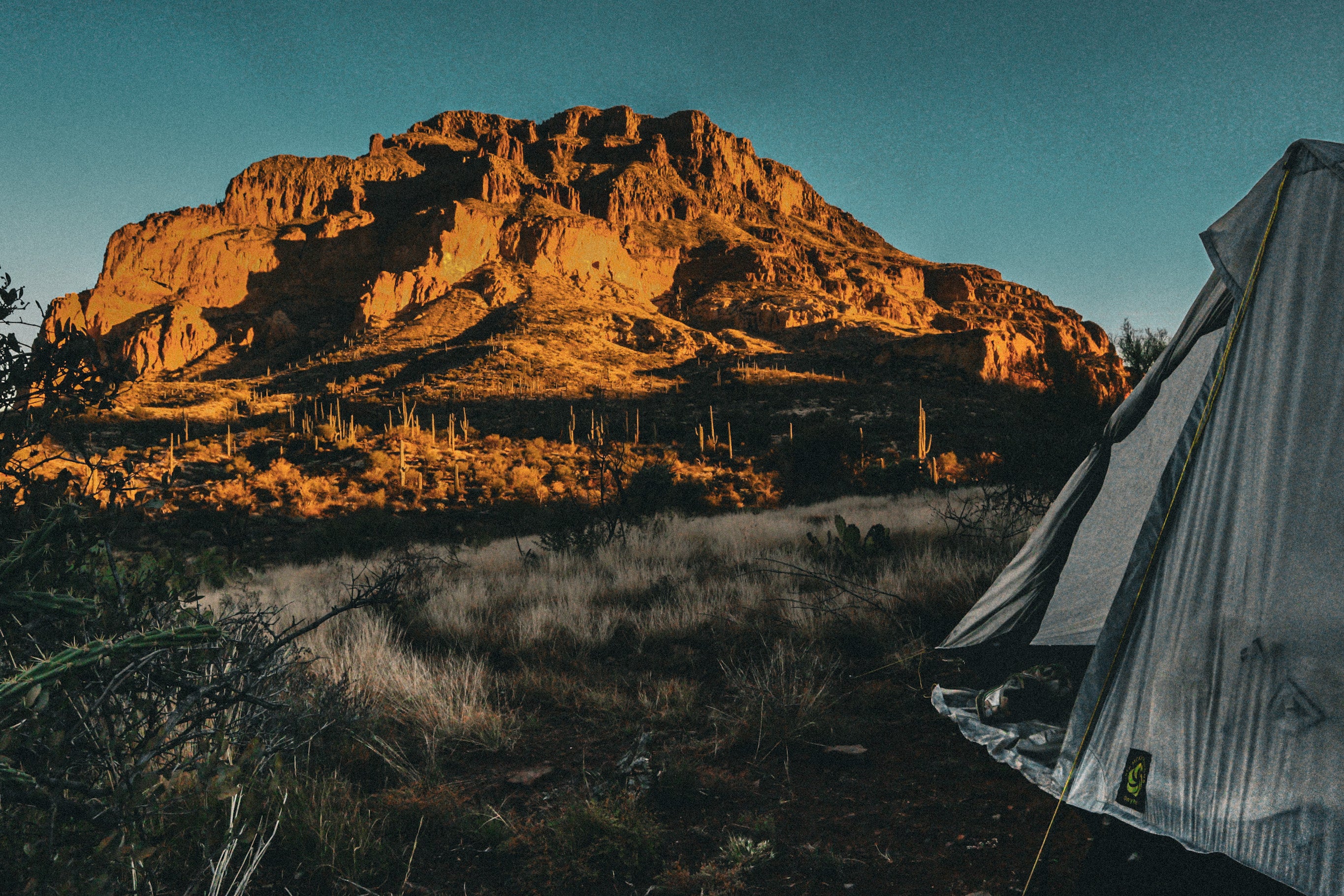
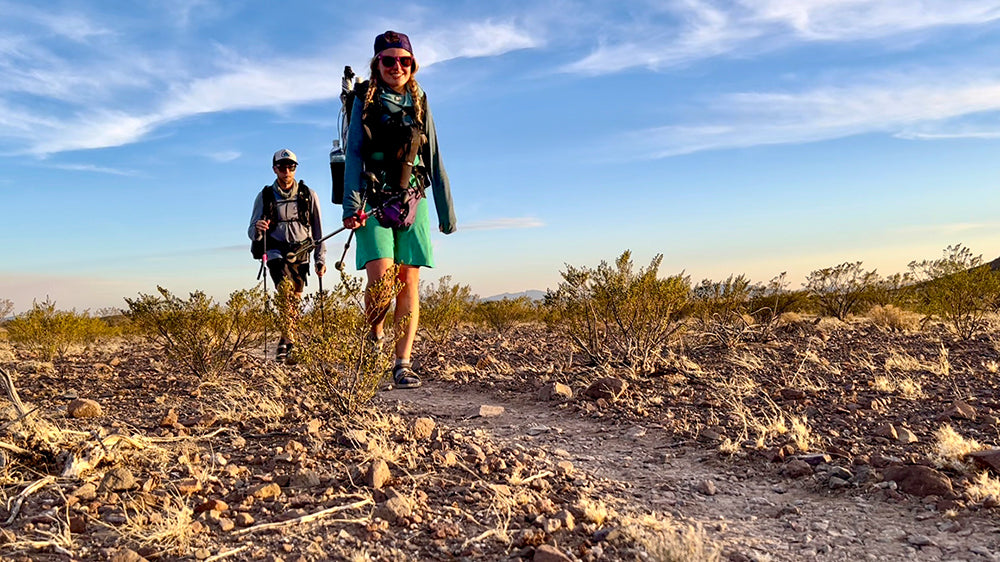
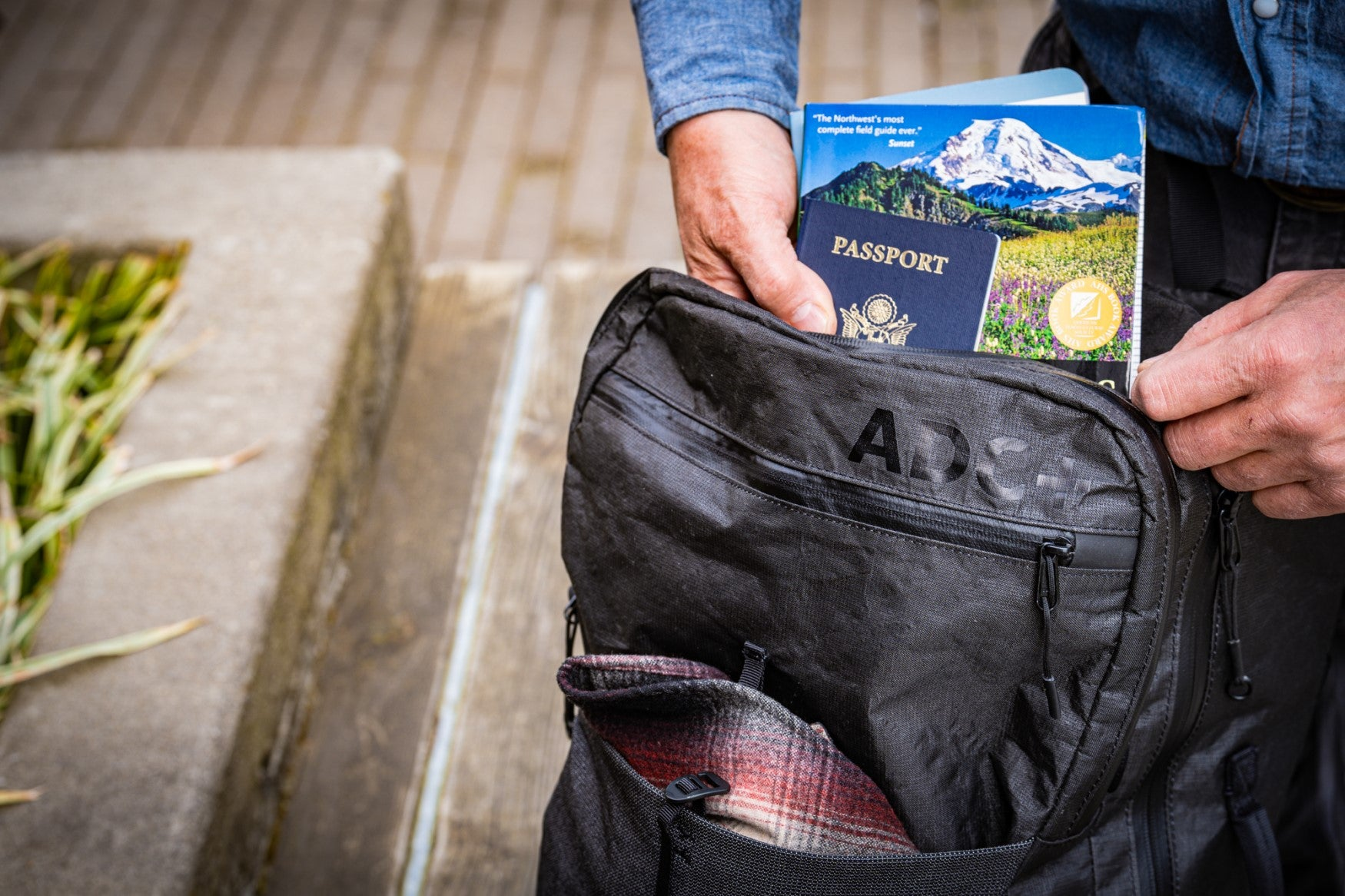
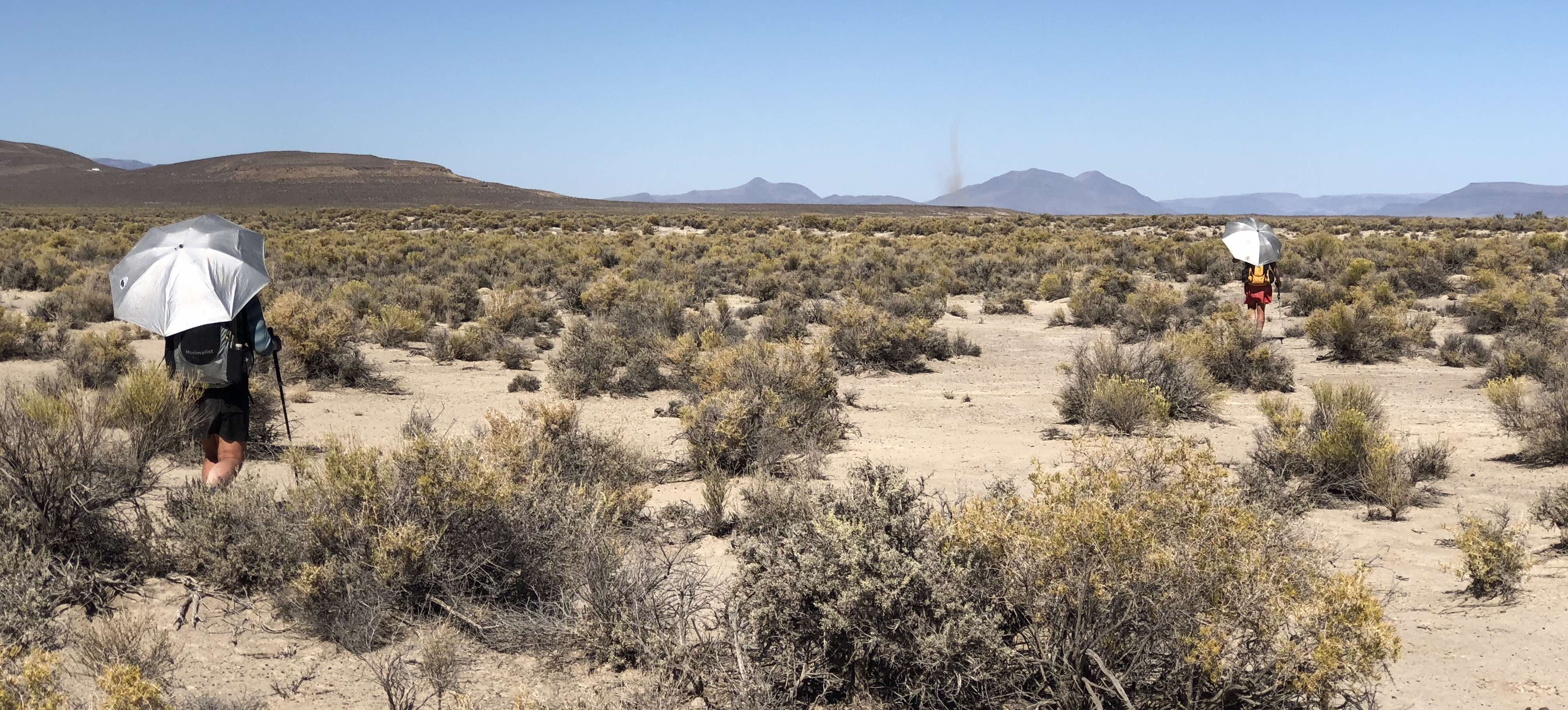
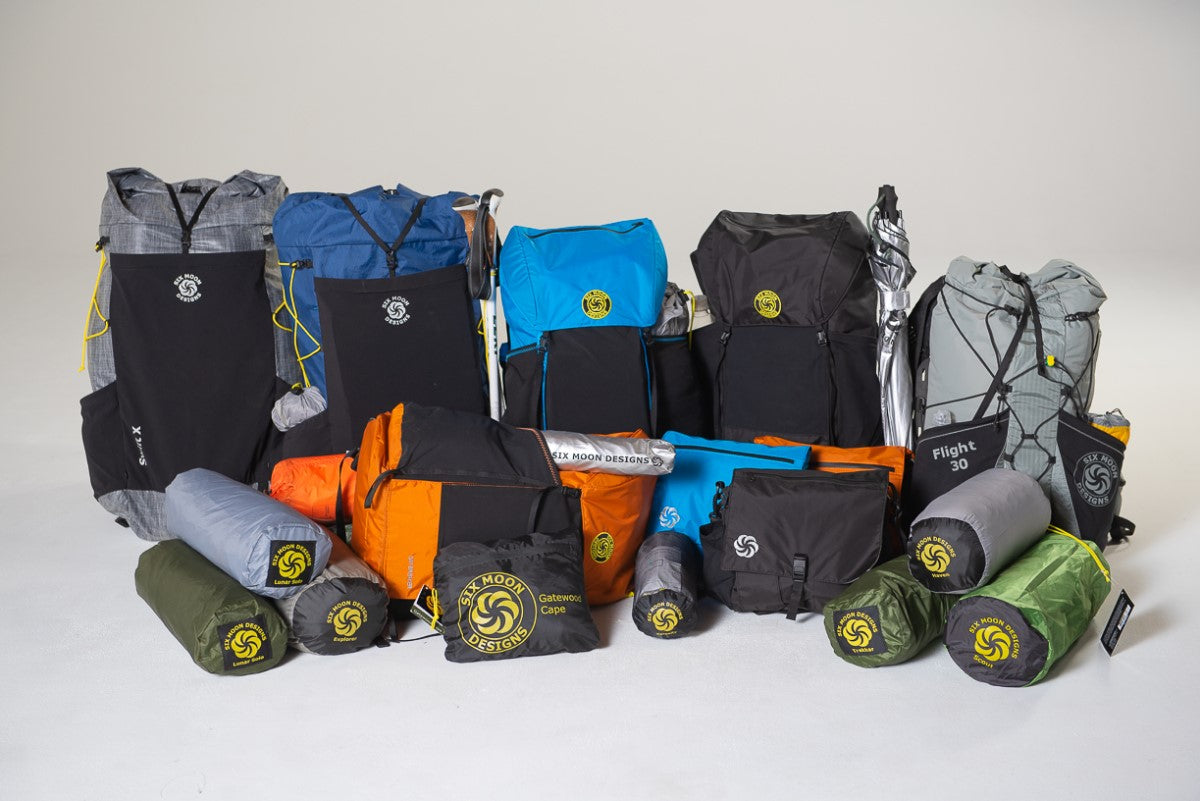
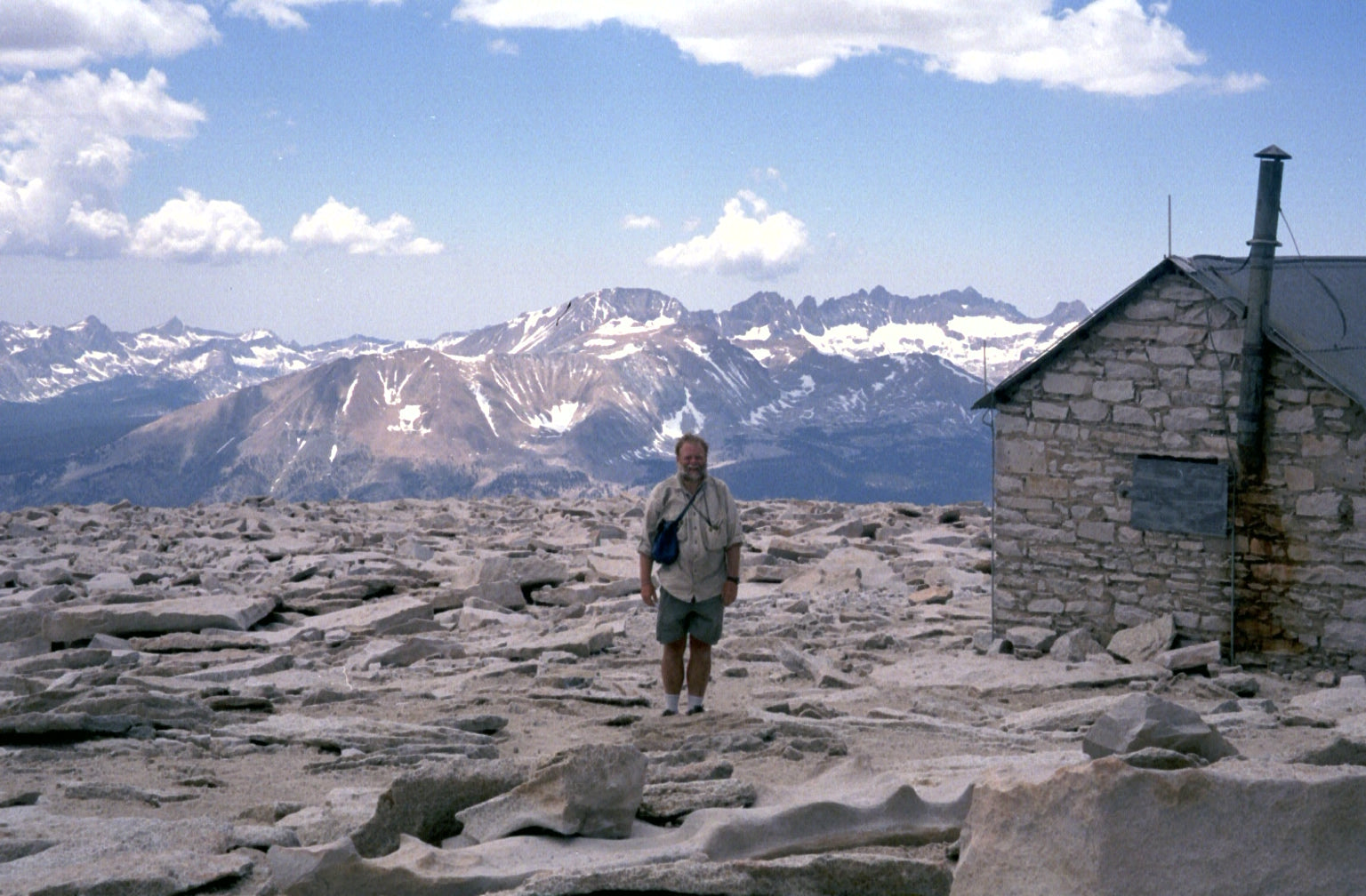
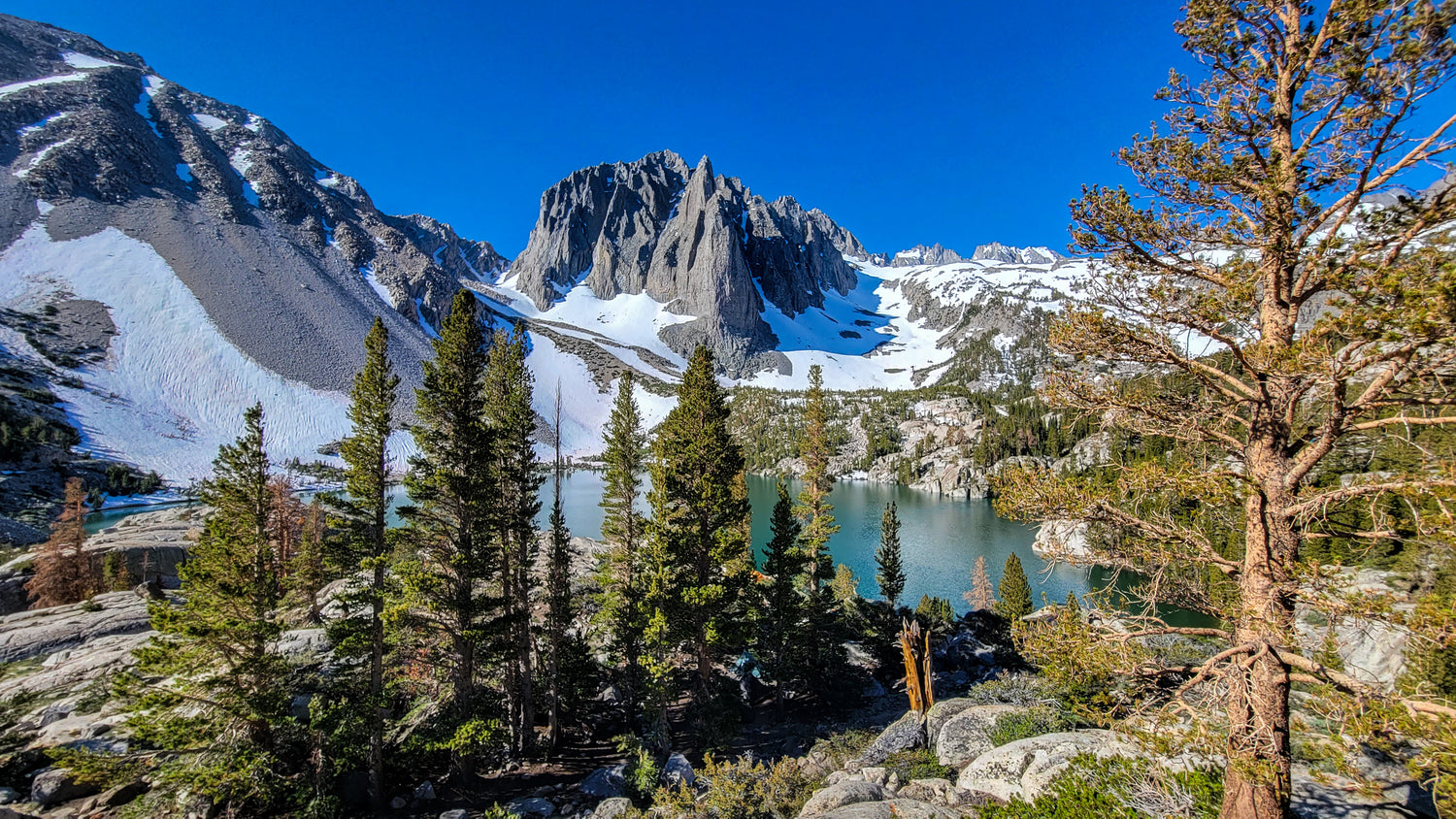
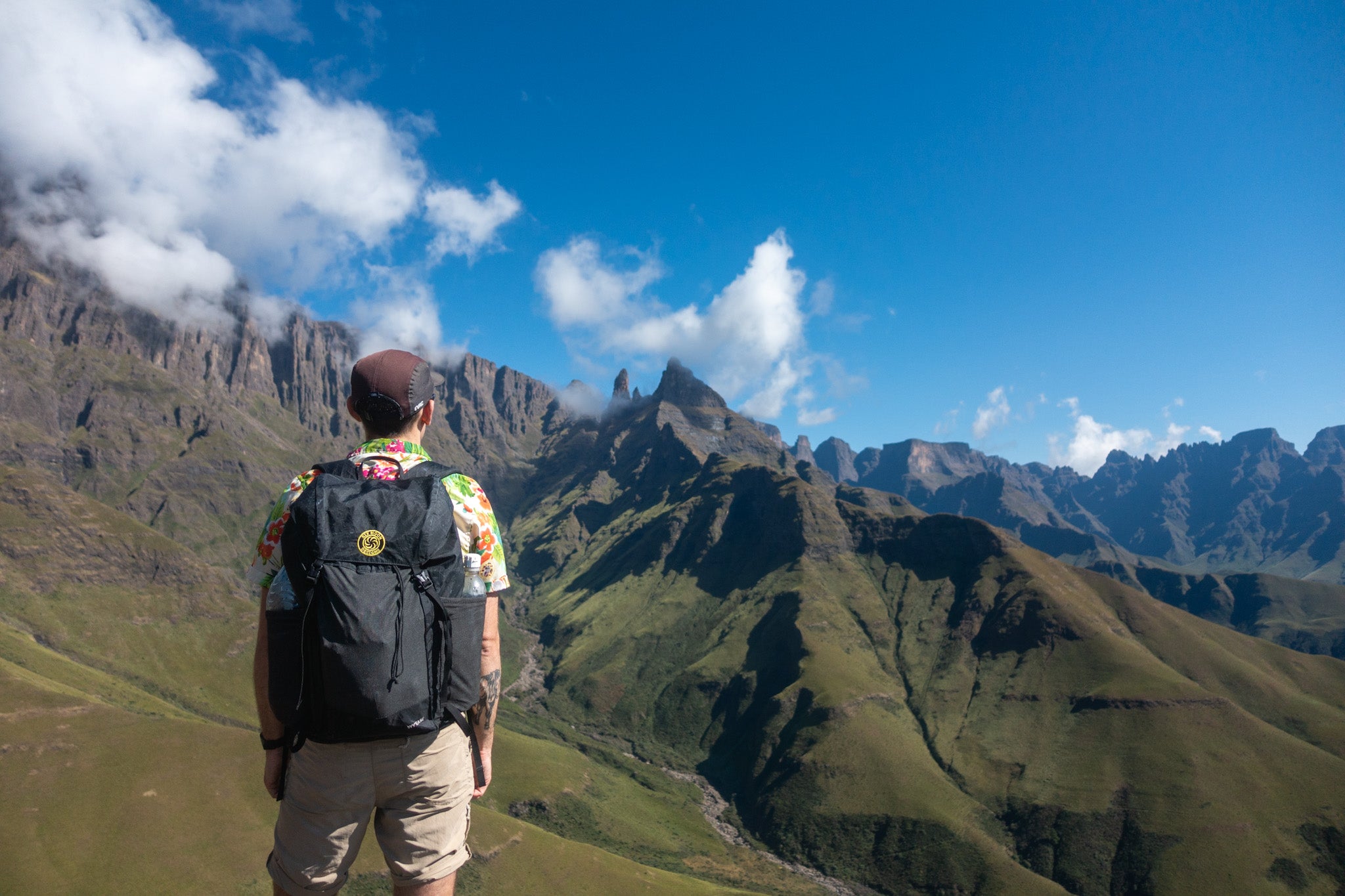

Leave a comment
This site is protected by hCaptcha and the hCaptcha Privacy Policy and Terms of Service apply.